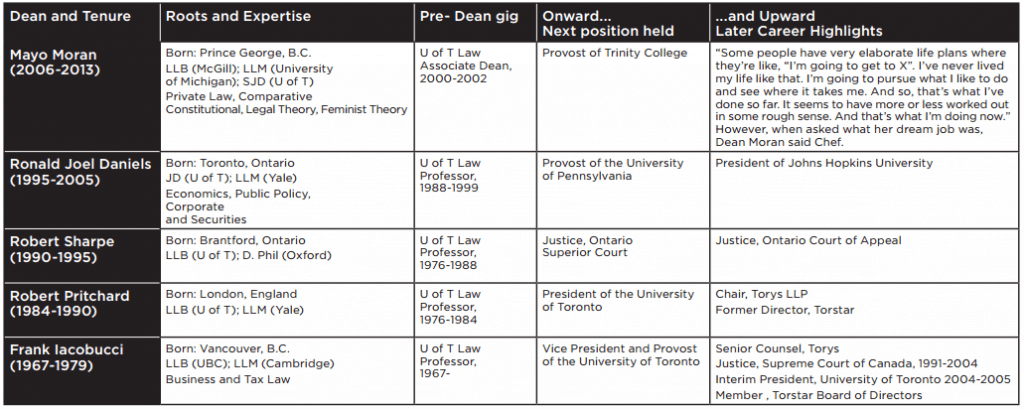Within the next couple of weeks, President Gertler will announce his advisory committee roster, a group of individuals tasked with finding our next Dean. We spoke to the University’s “Strategic Communications” office and some professors about the rather clandestine process.
Composition
The Policy on Appointment of Academic Administrators (PAAA) briefly sketches out the appointment process. While a call for nominees to the committee is mandated by the PAAA, the President is given full discretion in filling the mandatory spots. A sample of the requirements listed in section 60 of the PAAA includes three to five teaching staff, two or three ‘qualified scholars’, a librarian ‘where appropriate’, and a member of the ‘appropriate professional community’. The President can select between 10 and 18 members.
A faculty member interviewed pointed out that the composition of the committee can give a significant indication as to which direction the President would like the faculty to take. The new Dean will face financial challenges (such as the delayed building) as well as ideological ones: they will have to decide whether to continue to push forward with the aggressive tuition hikes touted by their predecessors, or to steer the school in a different direction. If the President chooses committee members that are of one mind with regards to certain key issues, then the committee may be more likely to choose a Dean that also subscribes to those ideas.
The PAAA also allows the President to choose between one and three students for the committee. This year, the student body has urged the President to allow the maximum number of three and there is reason to be hopeful – in the 2005 and 2010 committees, there were 2 JD students and 1 graduate student. However, this is the first time that the student body has elected to put forward specific names.
The Dean Selection Process
The membership of the committee is announced publicly, and a formal call for Dean nominations is circulated. It is at this point that the process becomes shrouded in secrecy. Advertisements are placed in newspapers, law publications and online platforms, but the list of nominees are never published, as that might “discourage potential excellent candidates that might be interested”.
In general, the committee will hold five to ten meetings, but it could be more. Committee members receive all applications and nominations, and can also suggest candidates themselves. Sometimes an executive search firm is hired, but if the past is any indication an internal hire is more than likely (see chart, above). Once a short-list is created, the Dean hopefuls will be called upon to make a presentation to the committee. The short-list will not be made public either.
The committee decides on their candidate, and the President must also agree with the nomination. This nominee is then submitted to the Agenda Committee for approval, but this step is more of a rubber stamp.
When all is said and done, the process can take a year and during that time we will have an interim Dean at the helm. Professor Langille took on the task last time around, but there is no word yet as to who will be our in-between-Dean.






